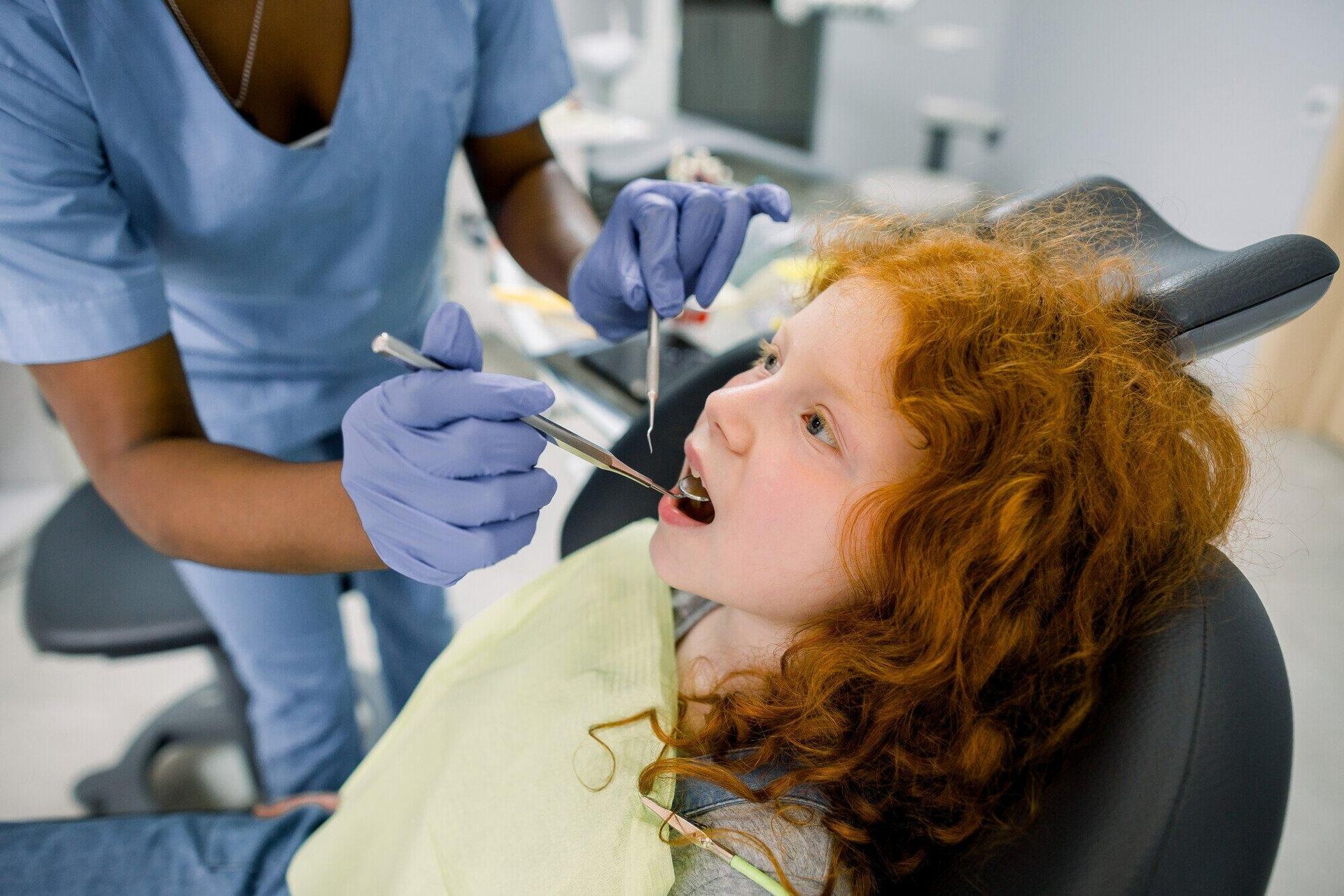Cosmetic Dentistry Hot Topic: Can You Have Too Much Teeth Whitening?
If your teeth aren't as white as they used to be, you're not alone. Even for those who don't smoke, drink red wine and coffee, or practice other teeth-staining habits, teeth do lose their pearly white glow with age.
As dental professionals with training and experience in cosmetic and general dentistry, we get a lot of questions about teeth whitening methods.
Patients want to know how often to whiten teeth and if they should worry about the side effects of teeth whitening. Today, we're going to answer those questions and more.
Read on to learn about the best and worst ways to get rid of pesky tooth stains.
Popular Teeth Whitening Methods
First, let's talk about the teeth whitening options you've probably heard of. Before you can determine how often to whiten teeth (and how much is too much), it's important to start with a method that is safe and reliable.
The Best Way to Get Rid of Tooth Stains
There are two types of stains that patients may be dealing with, intrinsic stains and extrinsic stains. Intrinsic stains are stains that have developed inside the tooth as a result of medications or oral trauma. Extrinsic stains are more common and develop on the outside of the tooth as a result of staining agents like tobacco, coffee, and more.
While you may be able to treat mild extrinsic stains on your own, you'll need professional services from a trained and licensed dentist to treat intrinsic stains. Even if all stains are on the outside of your teeth, a cosmetic dentist will provide the safest and most thorough teeth whitening treatment available.
Finding Safe At-Home Teeth Whiteners
The at-home teeth whitening industry gets bigger every year. There are tons of products available, from whitening toothpastes and strips to light-activated gels. When you're in a pinch and want to whiten your teeth on a budget, you may find yourself reaching for these products.
If you're going to try an at-home teeth whitening product, always make sure you're buying products with FDA approval. Products that don't have FDA approval may not have undergone appropriate testing to ensure that they work as advertised or are safe to use. Keep in mind that even FDA-approved teeth whitening products may not yield the same results you'd get from the dentist.
Options to Avoid
We suggest that our patients avoid what is often touted as natural or DIY tooth whitening remedies. These include things like:
- Baking soda
- Lemon juice
- Activated charcoal
- Salt
- Oil pulling
While you'll encounter bold claims about all of these options, none are backed by substantial research. In fact, some of these options, like baking soda and salt, can actually do damage to your teeth. Abrasives can wear down enamel and expose the yellow dentin below, making your teeth less durable and yellower in appearance than before.
How Often to Whiten Teeth
Like most oral procedures, there is no one-size-fits-all answer to the question of how often you should whiten your teeth. The best way to find out about the proper protocol for your teeth and whiteness goals is to talk to a dentist with cosmetic experience. Here are some of the factors they'll take into consideration when discussing the duration of your treatment.
Your Current Oral Health
Before you begin the process of whitening your teeth, your dentist may recommend getting other procedures done first. For example, we always suggest that you wait to whiten your teeth until after your next dental cleaning. This will reduce the plaque and build-up that the whitening agents need to break down, producing better results.
Note that crowns, veneers, and fillings can't be whitened. If you've had dental work done on your front teeth, you'll want to avoid whitening your surrounding teeth to the point that they no longer match your dental work.
Severity of Tooth Stains
Some patients can complete tooth whitening in one or two appointments. The less severe the stains are, the fewer sessions you'll need to produce the results you're looking for.
If your stains are severe or you have teeth-staining habits, you may need touch-ups in the future. We recommend waiting at least three to four months before scheduling a touch-up appointment or using a touch-up product at home.
Following Product Instructions
If you do decide to purchase FDA-approved teeth whitening products, make sure to read the instructions before you begin. The instructions will tell you how to properly apply the product and how long to leave it on each time you apply it. The instructions will also tell you how many times you should use the product depending on the results you want.
Do not leave a product on longer or apply it more often than instructed. Failing to follow instructions may expose you to unnecessary risks or side effects. If you do not see the results you expected after using the product as instructed, talk to your dentist about other options.
Is Teeth Whitening Safe?
When the right methods are used, teeth whitening is a safe and minimally invasive cosmetic procedure. Some people may notice heightened sensitivity after a tooth whitening session, although this should dissipate after a few hours.
Bear in mind that teeth whitening products contain a bleaching agent like hydrogen or carbamide peroxide. While safe in appropriate amounts for your teeth, you should not apply these products to your gums, which is a soft tissue. Doing so exposes you to the risk of burning your gums, which can cause pain, swelling, and discoloration.
Make an Appointment for Cosmetic Dentistry in Friendswood, TX
Teeth whitening is one of the most common cosmetic procedures we're asked about. Professional teeth whitening is both the safest option and the most impactful. To find out how often to whiten teeth or what methods would work best for you, talk to your dentist today.
Dr. Lisa Richardson founded this practice on a commitment to pediatric and family dentistry. As we've expanded, we've partnered with associates who can provide a range of services, including cosmetic dentistry in Friendswood, TX.
Contact us to schedule an appointment to learn more about our teeth whitening methods.















